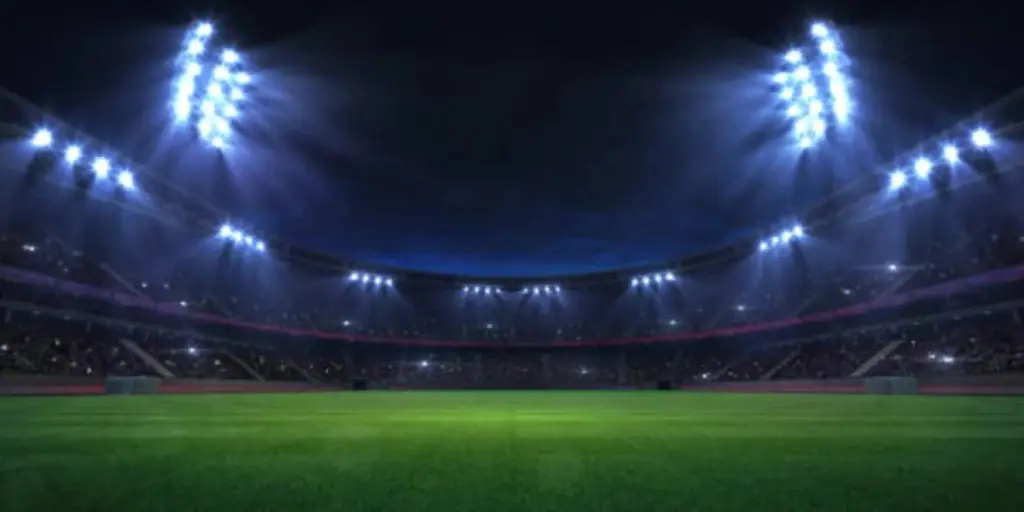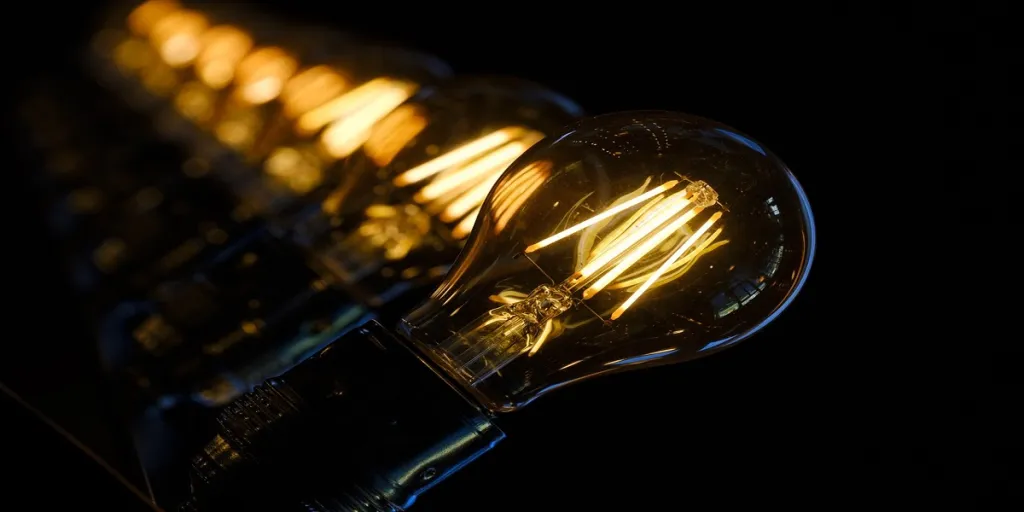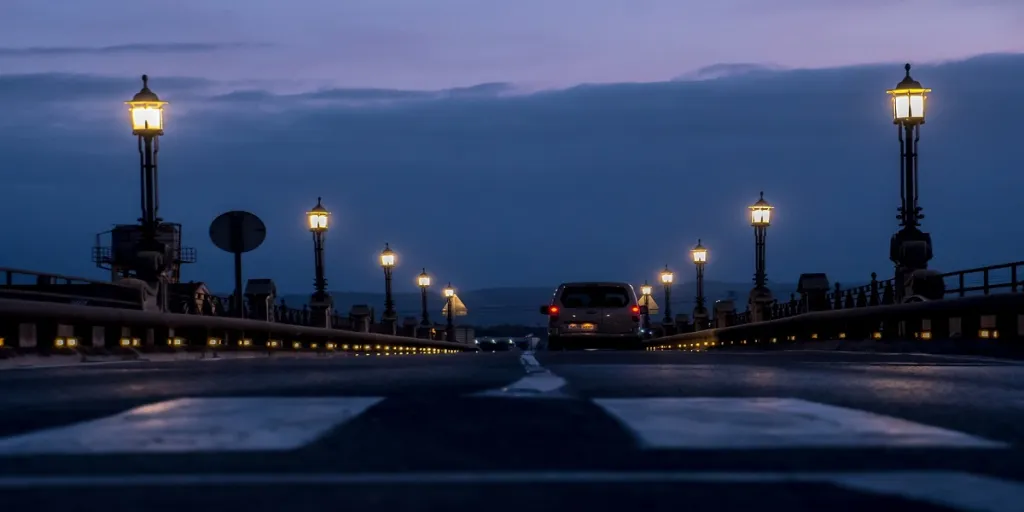Large playing fields, stadiums, and arenas all require a specific type of lighting that takes into account factors such as the height and size of the space, and the brightness needed. The top arena and stadium lighting options on the market today blend traditional methods of lighting with new technology in order to provide the best visibility for players, performers, and spectators.
Table of Contents
The global market value of arena and stadium lighting
4 essential arena and stadium lighting solutions
The future of arena and stadium lighting
The global market value of arena and stadium lighting
The improvement of light intensity as well as new technologies added to lighting systems have created a surge in demand for new arena and stadium lighting. These modern lighting systems are helping players to react quickly, they can withstand intense weather conditions, and they allow the light to reach the ground from higher positions. The rise in use of LED lighting is also reflected in the global market, as more arenas and stadiums look to make the transition from traditional lighting in order to be more eco-friendly and cost effective.
In 2020 the global market value of stadium lighting reached USD 421.35 million, and that number is projected to reach at least USD 650.74 million by 2026. A compound annual growth rate (CAGR) of 7.51% between 2023 and 2028 is also expected in the market. New upgrades to arenas and stadiums are driving this growth, but it’s not uncommon for these latest lighting systems to be used in homes and hotels too.
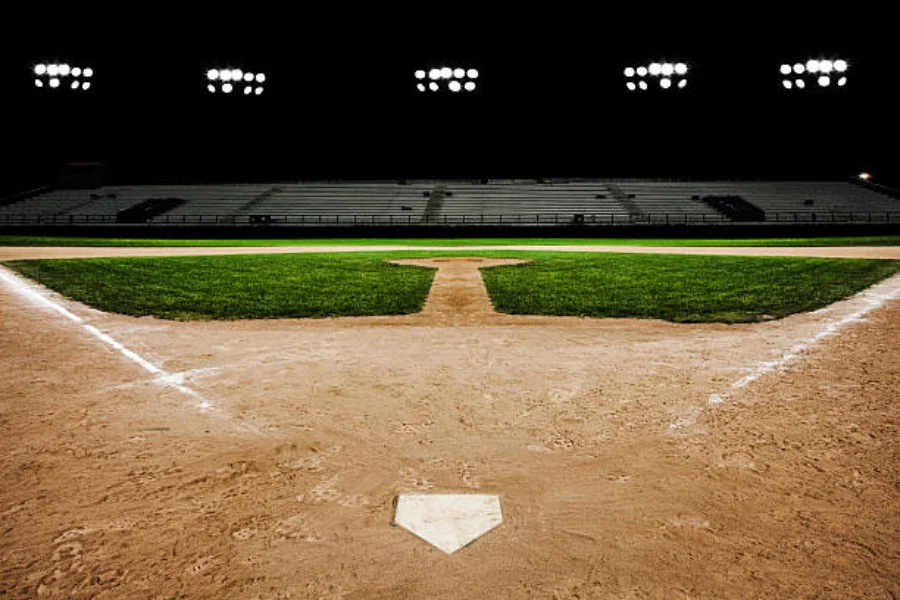
4 essential arena and stadium lighting solutions
Both arenas and stadiums need strong lighting in order to reach all parts of the complex. As traditional methods of lighting are being replaced by more modern setups, there are certain styles that are proving to be more popular than others. Currently, the most sought after types of lighting include high intensity discharge lights, floodlights, canopy lights, and LED sports lights.
High intensity discharge lights
One of the most common types of arena and stadium lighting comes in the form of high intensity discharge (HID) lights. These operate with an electrical-gas discharge lamp and will often have a much higher wattage when compared to other types of outdoor lighting that can be used for stadiums or arenas. Although they take a few short minutes to warm up, they’re one of the most efficient types of lighting in today’s market which is why they’re also used for billboards, street lighting, and in some cases outdoor parking lots.
In the US alone, 87% of outdoor stadium lighting comes from HID lights. The high output of this type of lighting means that it’s limited in use to large outdoor spaces or warehouse and industrial areas, but that doesn’t change the fact that demand has continued to grow for HID lights in recent years, especially when it comes to arenas and stadiums.
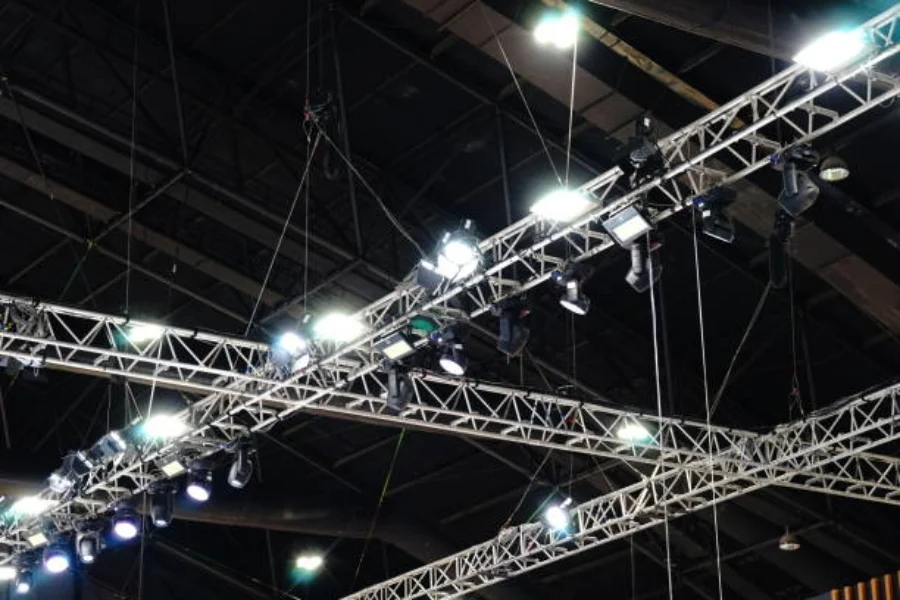
Floodlights
Floodlights can be used in a number of outdoor spaces, from gardens to parking lots, and they’re especially popular for outdoor stadiums. The key factors to take into account when it comes to floodlights are their overall wattage and brightness, as well as their sturdiness. Outdoor stadiums need bright lights that are able to reach all corners of the field. This also helps with the visibility for not only the players, but also for the people watching from the sidelines or the stands. Floodlights have always been a go-to source of stadium lighting because of this.
And since floodlights are predominantly used outside, it’s vital that they’re durable too. Making sure a flood light can withstand even the worst weather conditions is not only important for safety but also for peace of mind so that the consumer can depend on the longevity of their lighting system. In stadiums, floodlights will most likely be positioned at the top of a lighting pole for optimal brightness, and to ensure the brightness doesn’t cause discomfort to anyone.
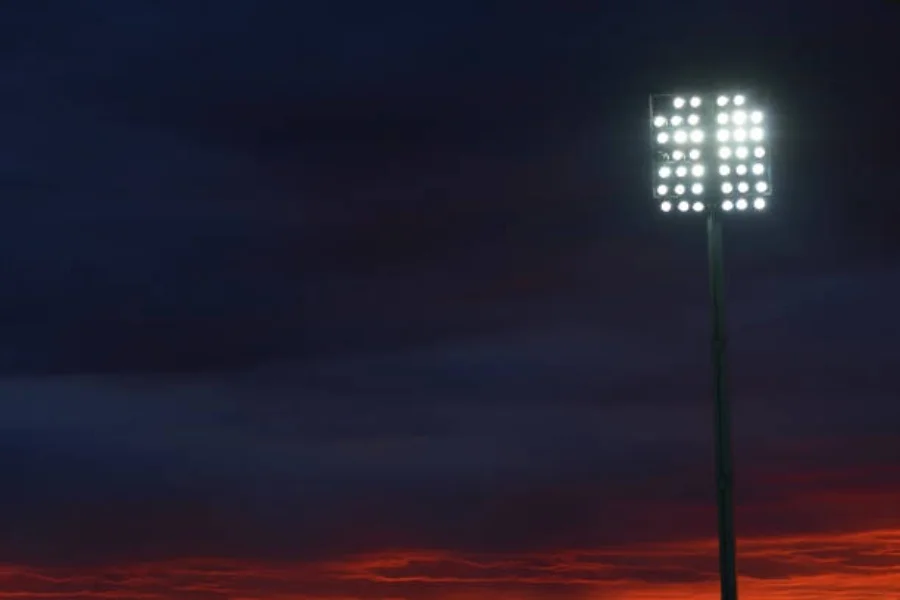
Canopy lights
Although quality lighting is essential for arenas and stadiums, lighting for the main building, parking garage, and seating areas is also vital. Canopy lights can be used both indoors and outdoors, and they are mostly seen in parking or pedestrian areas. They’re perfect for the types of parking garages that can be found at both arenas and stadiums, and they’re also ideal for lighting tunnels as well as indoor pedestrian zones of the stadium.
With the rise in demand of LED lighting, many canopy lights are now LED. The cost of running LED lights is much lower than in the past few years, so they’re very popular among consumers who want to run more cost effective lighting in large spaces. Canopy lights are easy to install, and they’re normally hung from the ceiling, making them easy to access and maintain as well.

LED sports lights
LED lighting has had a positive impact on lighting trends around the world, from homes to businesses to sports venues. In terms of LED sports lights, there are many benefits to take into account over traditional lighting. Overall, LED lights consume over 70% less energy than other light bulbs, which not only helps to cut costs but is also better for the environment. This also means that there is a decrease in the amount of maintenance required as they last longer and are built of a more durable material.
Compared to traditional bulbs, LED lights are significantly brighter and better at distributing light to all areas of the stadium or arena. This not only helps to improve the quality of the space, but it also helps to create a clearer picture if the event is being broadcast on live TV. It’s worth noting that LED lights contain no toxic substances so when they’re disposed of they won’t cause any environmental damage in the long term.
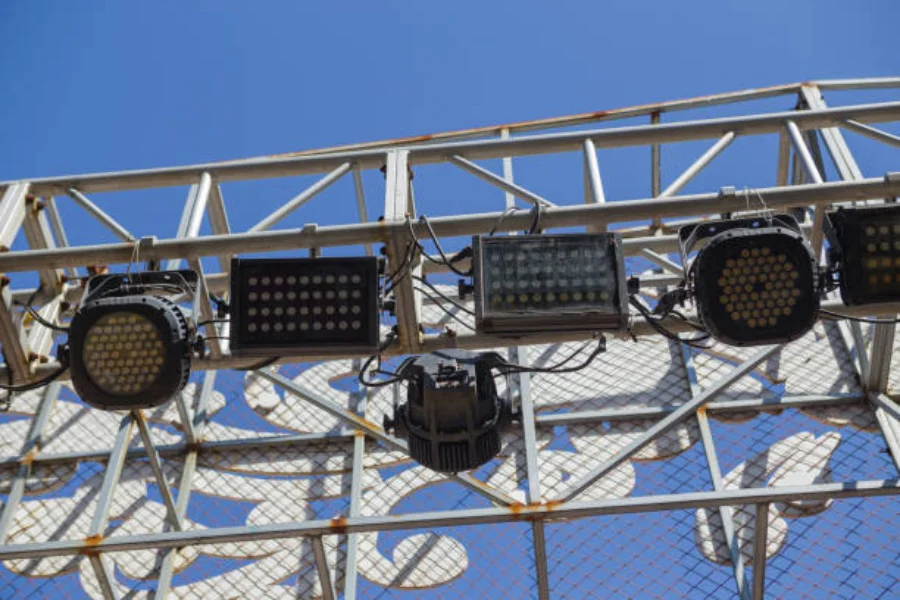
The future of arena and stadium lighting
The best options for arena and stadium lighting not only benefit the players or performers, but also the spectators. Whether for a football game or for training, it’s important to get the lighting correct for maximum visibility. Options such as the high intensity discharge light, the canopy light, floodlights, and LED sports lights are all in high demand in today’s global market.
As arena and stadium lighting leans towards LEDs for both indoor and outdoor lighting, the market is expecting more demand for this cost efficient solution. There are also expectations for new types of lighting to hit the market that will be eco-friendly and high-tech, with the implementation of smart devices being used to control brightness and add convenience.
